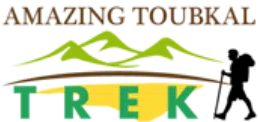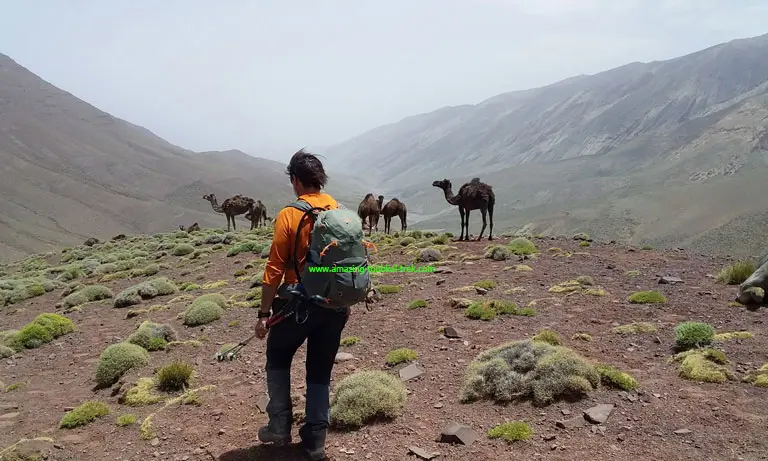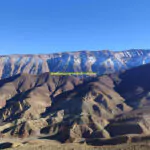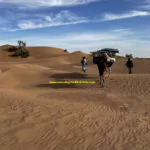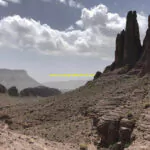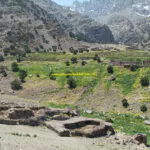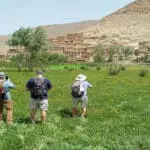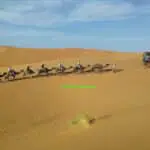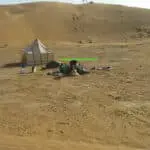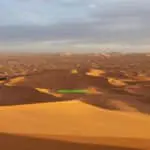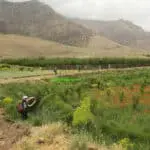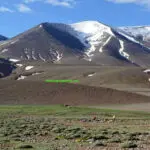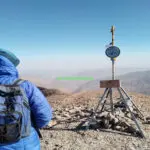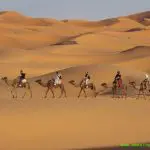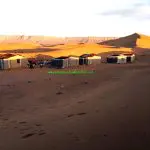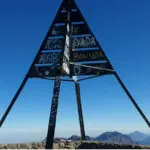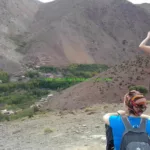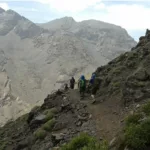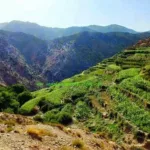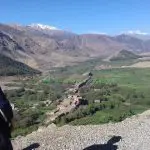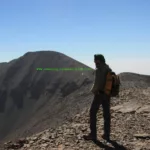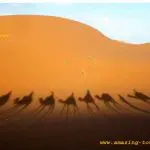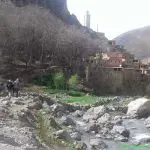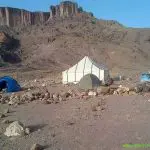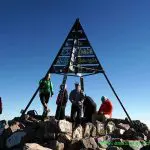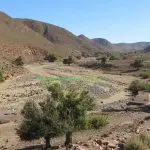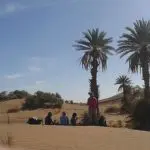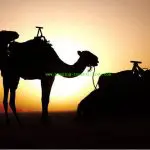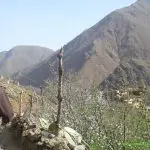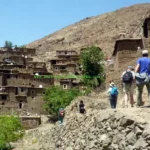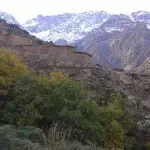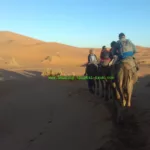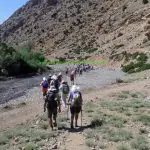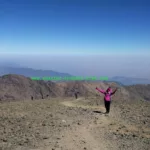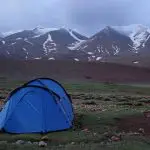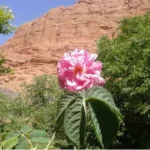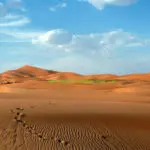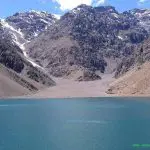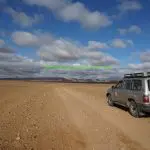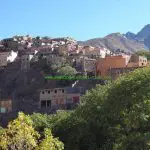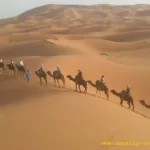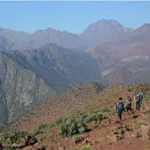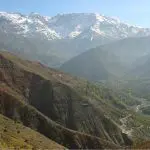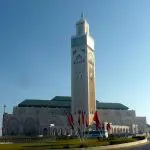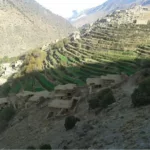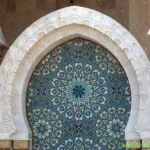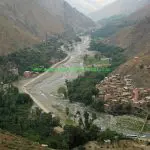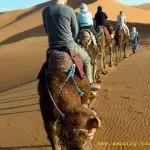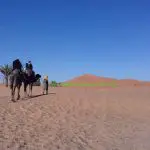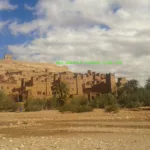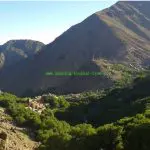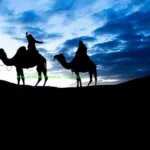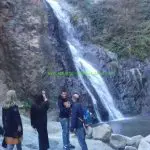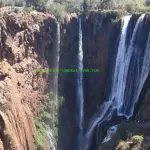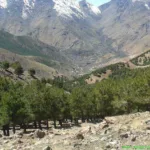The hard drought years of 1980-1984 forced many livestock-breeding nomads of the south to give up their particular social and economic way of life. In drought, these nomads (descendants of the dynastic Berber people of Sanhadja and Beni Mri) raided the sedentary oasis farmers for grain. As the proud camel, sheep, and goats herders, they despised the fellahs for their abasing work in the fields. The days when camel-riding nomads raided villages, though, have been over since 1934. That year French legionnaires put down the last nomad uprising against detested protectionists in Jebel Saghro.
When herds of livestock perched in the drought of the early 1980s, there were merely two alternatives for the nomads. They could live in their tattered Khaimas (tents) on the outskirts of the villages and depend on charity. Or, they could move to the ghettos in Casablanca and Rabat, where at least drinking water was consistently available. During these crisis years, the government was also forced to limit the mass slaughter of rams during Id El Kebir (sacrificial offering), the ritual celebration of Abraham’s offering. The meager pastureland of the arid steppe is to be improved in the future by planting drought-resistant shrubbery. This will be with support from the Food and Agricultural Organization of the United Nations.
Atlas Mountain range – Traditional cattle husbandry
The Atlas Mountain range’s lush meadows have been the nomadic people’s summer destination for ages. The southern people, such as the Ait Atta of Jebel Saghro, move to the High Atlas in spring. The Beni M’Guilad put up their tents in the Middle Atlas during the hot season. Then, in the winter, they move northwest for their sheep to graze the stubble fields of the wheat-growing region. But then, over time, many tents begin to settle down. Even the village farmers have long been enlarging their herds. Thus, they dispute the traditional grazing rights of the nomadic people. This has led to overgrazing, together with the felling of firewood by herders.
If overgrazing and indiscriminate felling continue to deforest and erode the mountains, catastrophic flooding from the rapid flow of winter rains will occur in the lower regions. Nomads and farmers kept approximately 16 million goats, 3 million cattle, and 50,000 camels in 1990. Due to religious reasons, the meat from 9000 pigs is destined for the stomachs of Europeans only. Traditional cattle husbandry makes up one-third of the country’s agricultural net product.
Follow us on Facebook and Instagram!
